I just got my Sony a7s ii, so I’ve been testing the dynamic range capabilities of the sensor and the software features in real world situations. This dynamic range test is for still photos, and the camera settings were as follows: 28mm f/2.8 1/50 and ISO 8000. I used a relatively high ISO in order to stress the sensor a bit so that the noise in the shadows would show when the dynamic range is pushed. All photos are straight out of camera in the extra fine detail JPEG setting. I chose a situation where there is a bright outdoor scene and a dark indoor scene in the same frame. There is also a Television set that is actually the brightest part of the frame and a dark wooden dresser that is the darkest part of the frame. Below are the photos for comparison.
Standard Picture Profile
This standard picture profile photo serves as the baseline for the test. You can see that there is a complete loss of detail on the dark dresser and there is some overexposure on the TV screen and door frame. Color noise is present in the shadows since the ISO is set to 8000 so that’s expected. This noise would remove easily with some noise reduction applied.
S-Log2 Picture Profile
You can see here in S-log2 that the highlights in the TV are better preserved and there is more detail in the dark dresser. The noise level is acceptable but there is definitely some color noise visible in the shadows. This photo would respond well to color correction.
S-Log3 Picture Profile
S-Log3 really pushes the dynamic range of the sensor to it’s limits in a single exposure. There is almost no overexposure and the highlights roll-off very smoothly. Basically all of the shadow detail is present but the noise level is certainly increased because of how far it pushes the shadows. However, with the lc709a LUT applied much of this noise would disappear. S-log3 is great for getting the most DR in a single exposure but it’s more difficult to color correct than S-log2.
DRO Lv5
DRO means Dynamic Range Optimizer and basically what it does is it takes a single exposure and pushes the shadows up and pulls the highlights down in order to increase the dynamic range. This result is similar to what can be achieved in Adobe Lightroom by pushing and pulling the exposure; but the cool thing is that it saves you a step because all of this processing happens in camera! DRO is great for moving subjects because it’s a single exposure so there is no combining of multiple exposures like there is in a typical HDR photo. The resulting image is pleasing because it has the contrast and saturation that is absent from an unedited S-log exposure but it still has much of the dynamic range. Think of it like an edited S-log3 photo, which is nice because it saves you the step of having to color correct the photo yourself since all of the processing happens in camera – and it handles it quickly!
HDR 6.0EV
This photo is the result of HDR 6.0EV setting, which means that the camera takes 3 exposures and combines them. It takes a photo at baseline 0, then at -3 stops in order to capture the highlight detail, then at +3 stops in order to capture the shadow detail, then it combines the exposures and spits out this blended JPEG image that looks really nice. Of all of the photos, this one achieves the best results because the noise is super clean and the highlights and colors are very natural looking. The only downside to multiple exposure HDR is that it’s not good if the subject is moving because when the different exposures are combined then lots of motion blur will be present. The a7s ii does a great job at processing the HDR photo in camera and it does it surprisingly fast!
FINAL THOUGHTS
The Sony a7s ii is a wondrous machine because it gives you so many options for capturing what your heart desires. For video, I’m a big fan of S-log2 because I think it’s easier to color correct than S-log3 and I often find that S-log3 is more dynamic range than I want. S-log3 is great for scenes where you really want as much dynamic range possible but be careful not to ride the ISO too high because noise will present itself more than it does in S-log2. With the advent of DRO, shooting a JPEG with a standard picture profile doesn’t really make sense anymore because you can get the added dynamic range and convenience of naturally balanced contrast and colors without having to do any photo editing. Classic HDR is still the hands down winner as long as you’re shooting a static scene because the smoothness and color fidelity are unmatched. I look forward to the day when sensor stacking technology is implemented for video so that we can get the HDR result in video format!
Which style of HDR shooting do you guys prefer? Hit me up in the comments below so we can get down in dirty with this complex topic!
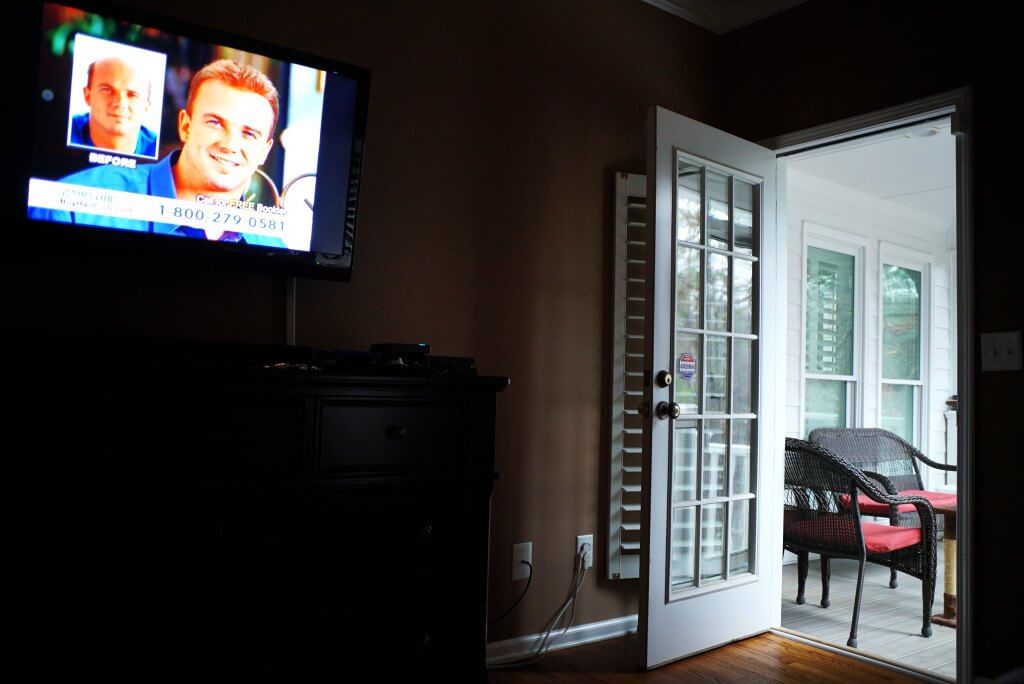
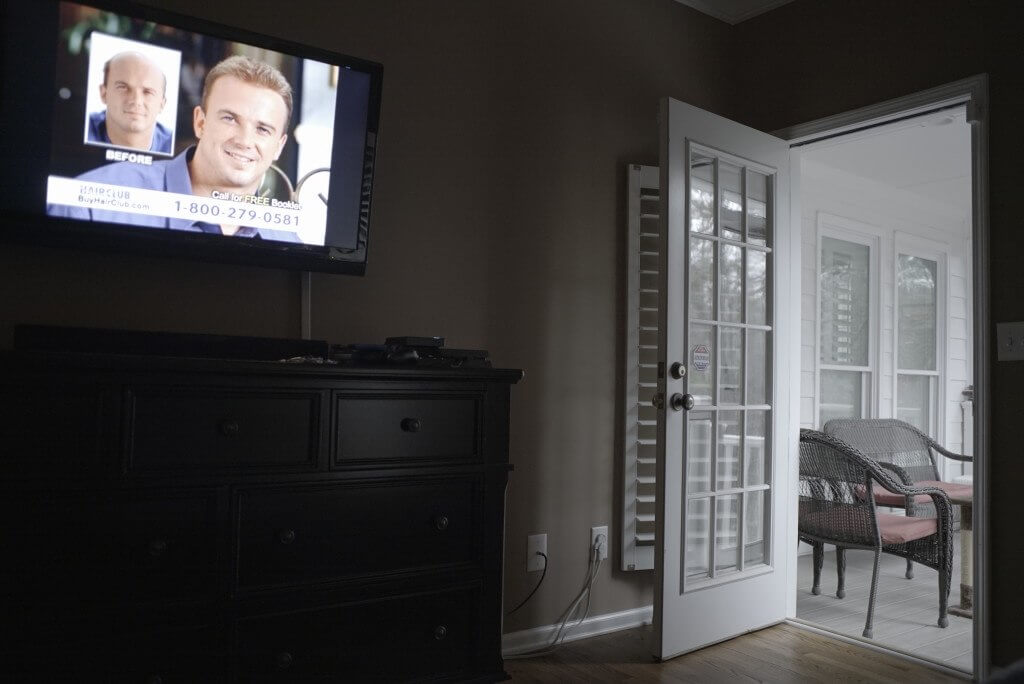
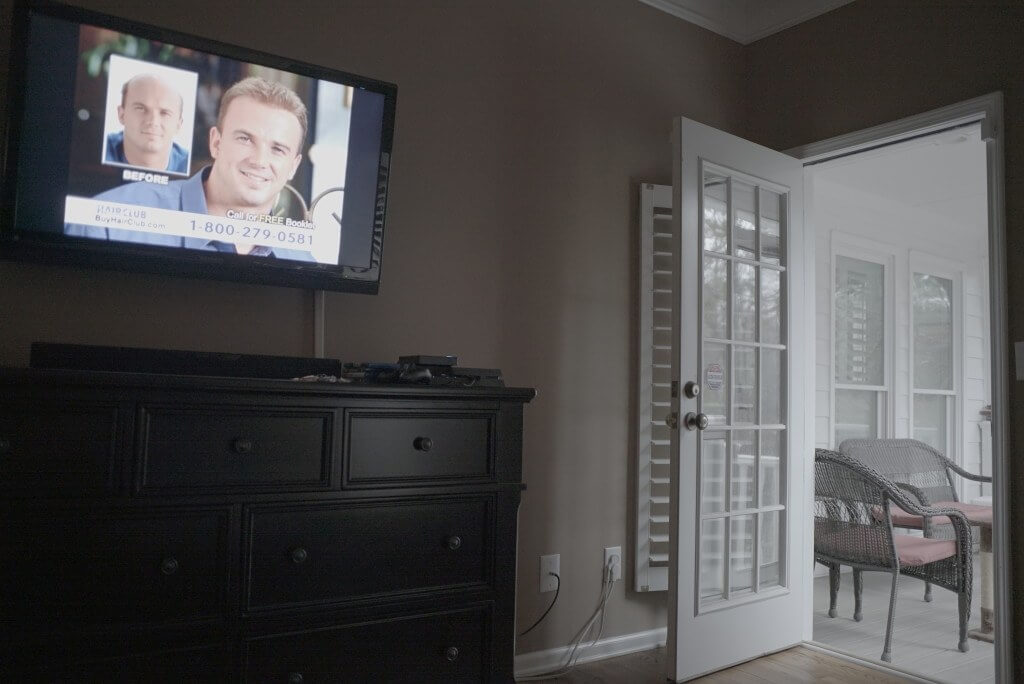
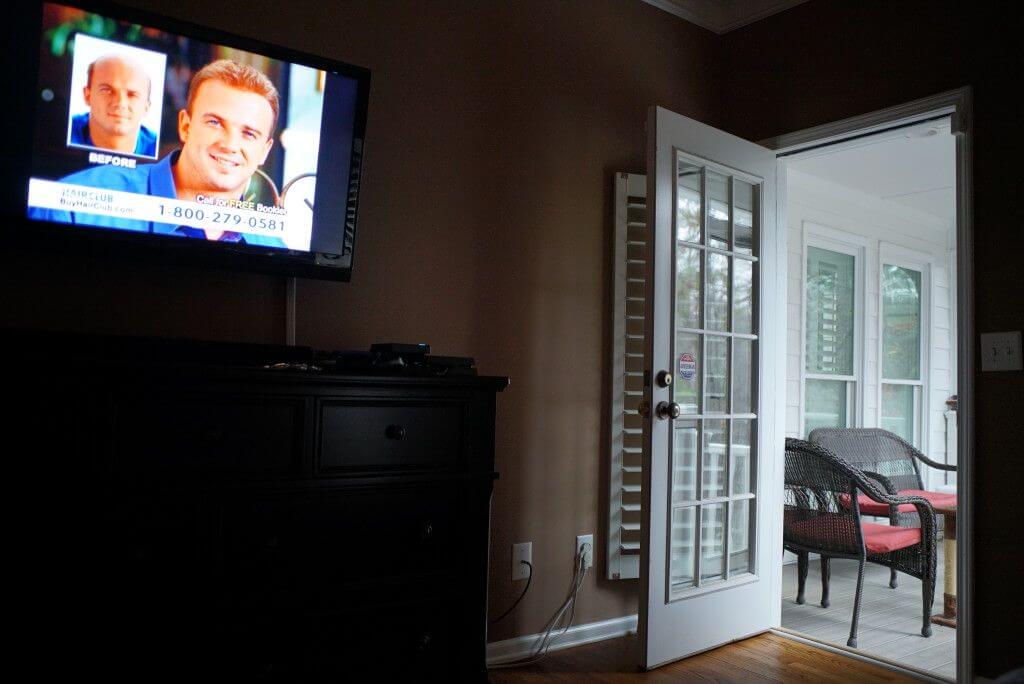
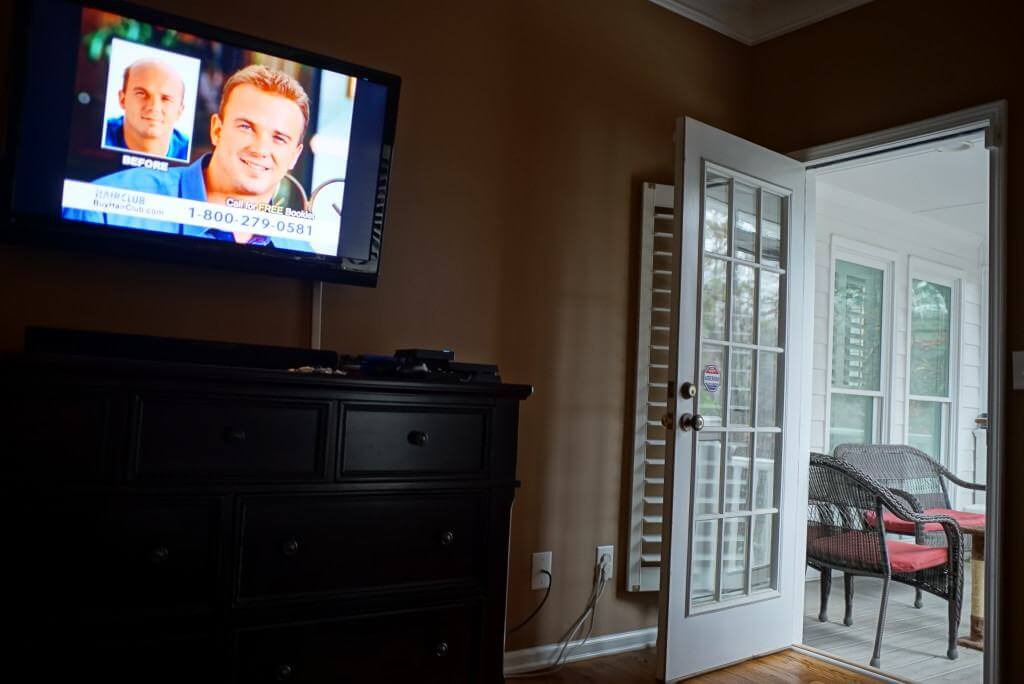

One Response
Brandon,
Great test info on this camera, we just got one for our new drone. Will try the S-Log 2 setting, see how it looks.
Cheers,
Paul Piasecki